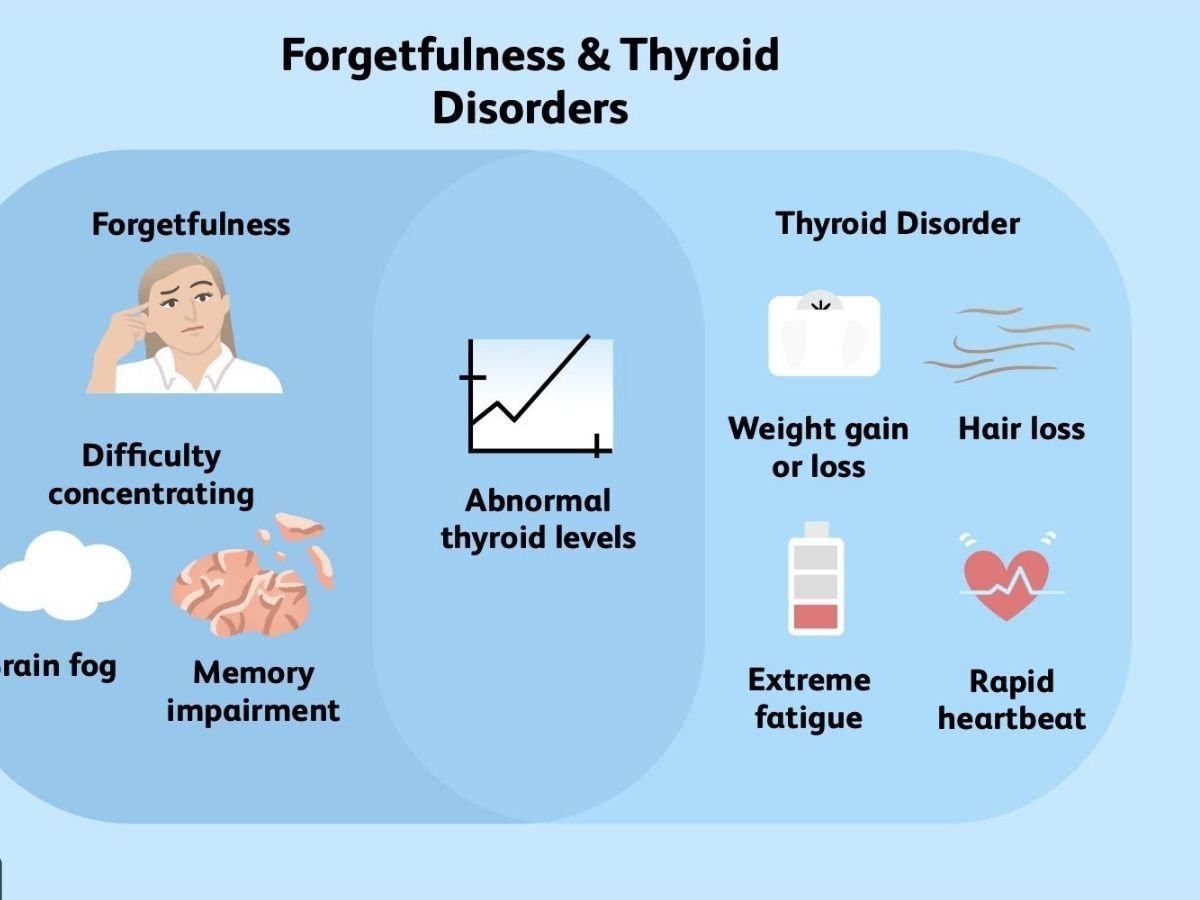WHAT EXACTLY IS A THYROID?
The thyroid is a large butterfly-shaped gland located in the lower neck’s centre. It secretes thyroid hormones, which control the rate of metabolism in the body and thus regulate growth and development. It is a ductless organ that releases its hormones directly into the bloodstream, approximately 85 mcg of T4 and 6.5 mcg of T3 daily.
Because it is ductless and has no connection to the throat, thyroid dysfunction has no direct effect on the throat. However, when you have overt hypothyroidism, the entire body, including the throat, is affected. So, if you have any throat symptoms, it is best to consult an ENT specialist rather than immediately ordering a thyroid function test (TFT).
THYROID DISORDERS ARE WHAT?
Thyroid disorders or diseases can be classified as structural or functional in nature. A structural increase in the size or nodularity of the gland (goitre) can occur with or without malignant transformation. The gland can become overactive (hyperthyroidism) or underactive (hypothyroidism), producing too many or too few thyroid hormones.
Thyroid-stimulating hormone (TSH) is a hormone secreted into the bloodstream by the pituitary gland in the brain and is an indirect indicator of thyroid function, with low TSH levels indicating an overactive gland and high TSH levels indicating an underactive gland. There are, however, exceptions to this rule, and self-interpretation should be avoided.

THYROID DISORDERS: HOW COMMON ARE THEY?
Thyroid disorders are extremely common endocrine diseases that affect tens of millions of people worldwide. Thyroid disorders affect over 4.2 crore Indians, with approximately one in every ten Indian adults suffering from hypothyroidism.
The condition is twice as common in women as in men, prompting some to label it the “next diabetes.” While we don’t have any data on the changing incidence of thyroid disease (number of new cases per year) in Kashmir, the prevalence of thyroid disease is undeniably increasing.
Endocrine-Disrupting Chemicals (EDCs): A recent study linked chemicals found in nonstick cookware, carpeting, and paints to an increase in thyroid disease.
Some of the chemicals that have been identified include PFOA, PFOS, and PTFE (brand named as Teflon). According to recent research, people with higher levels of these chemicals in their blood have a higher risk of thyroid disease.
Obesity/Metabolic Syndrome and High-normal TSH: A higher body mass index (BMI) has recently been linked to high-normal TSH levels.
While the link between obesity and subclinical thyroid dysfunctions is still unknown, it appears that obesity and the resulting insulin resistance may play a key role in changes in thyroid homeostasis.










































